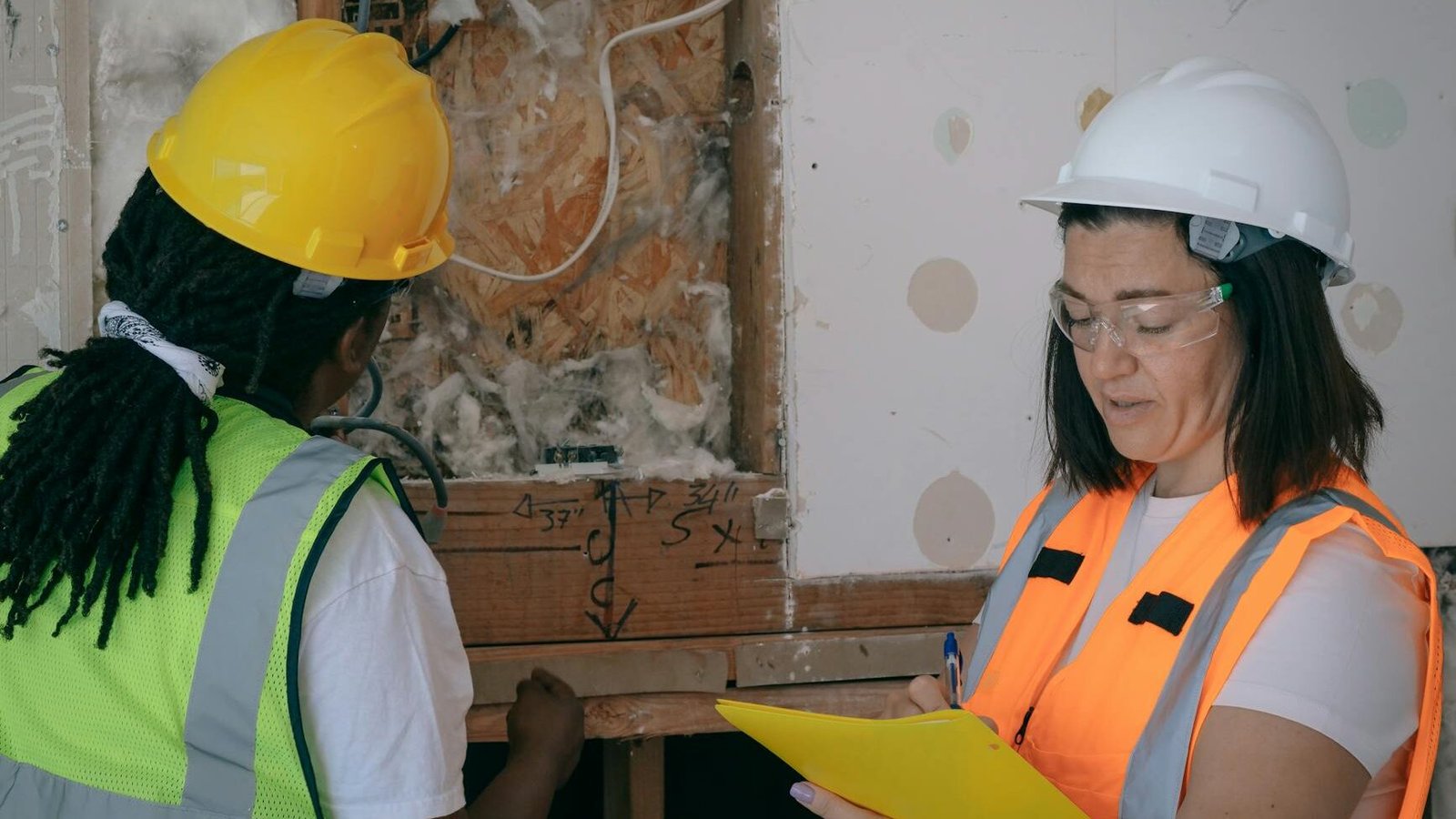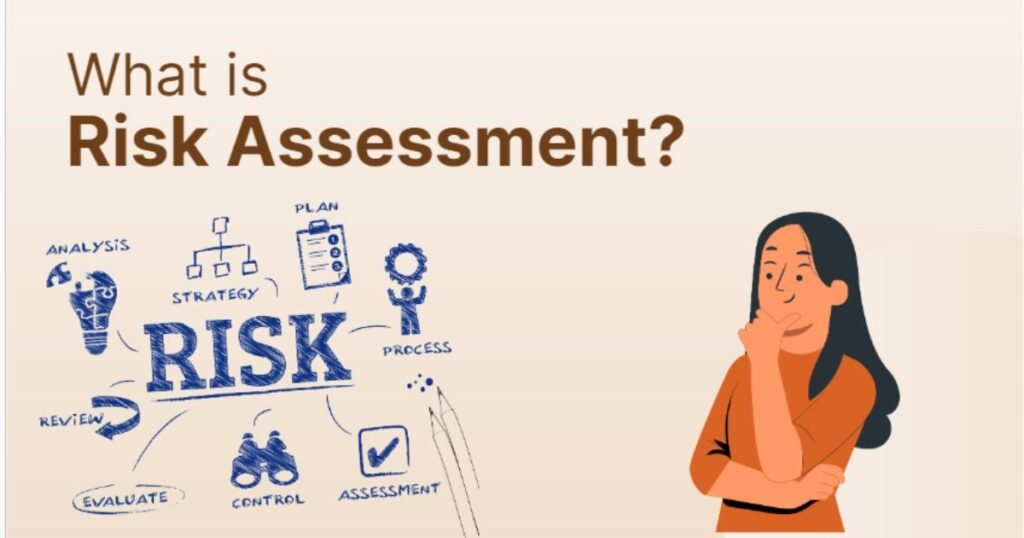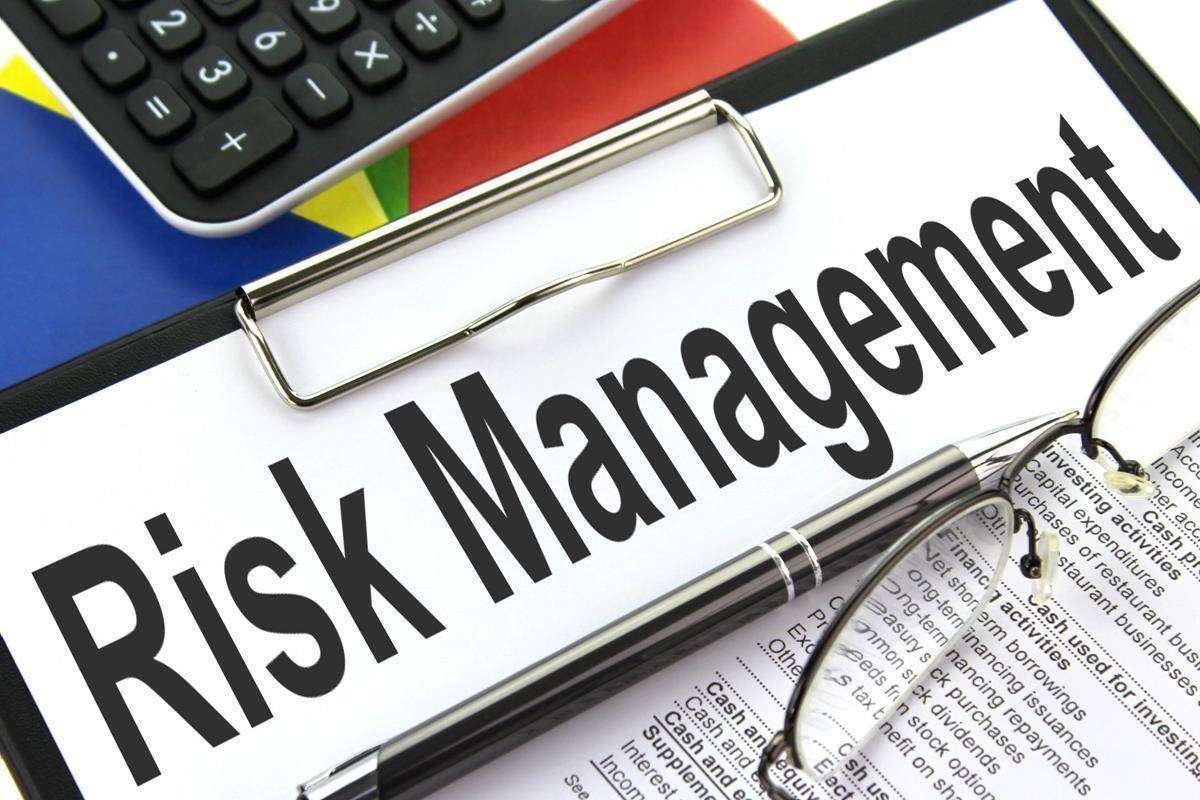Are you ready to unlock the secret to a safe and successful workplace? Look no further, because in this blog post, we will dive deep into the world of HSE risk assessment and explore how mastering this crucial process can transform your organization’s safety culture. Picture this: You walk into a workplace where employees go about their duties with confidence, knowing that every risk has been meticulously identified and mitigated. From the bustling construction site to the busy factory floor, everyone understands the potential hazards that await them and knows exactly how to navigate them safely. This is the power of HSE risk assessment. But what exactly is HSE risk assessment? In a nutshell, it is the systematic approach to identifying, evaluating, and controlling risks that could potentially impact the health, safety, and environment of individuals within a workplace. HSE, which stands for Health, Safety, and Environment, is a critical aspect of any organization’s operations, and risk assessment is the foundation upon which it is built. Now, you might be wondering why mastering HSE risk assessment is so vital. The answer lies in the fact that workplace accidents and incidents can have devastating consequences, ranging from injuries and illnesses to financial loss and damage to reputation. By proactively assessing and managing risks, organizations can create a safe and secure environment for their employees while also protecting their bottom line. In this blog post, we will delve into the key components of HSE risk assessment, including hazard identification, risk evaluation, and control measures implementation. We will explore best practices, case studies, and practical tips that will empower you to take control of risk assessment in your workplace, ensuring the safety and well-being of your employees. So, whether you are an HSE professional looking to enhance your knowledge or a business owner aiming to create a safer workplace, join us on this journey as we unravel the secrets to mastering HSE risk assessment. Together, let’s pave the way to a safer, more successful future.
The Importance of HSE Risk Assessment in the Workplace

HSE risk assessment plays a vital role in ensuring a safe and successful workplace. By identifying potential hazards and evaluating the risks associated with them, organizations can implement effective measures to prevent accidents and injuries. Let’s explore the importance of HSE risk assessment in detail.
Firstly, HSE risk assessment helps in identifying potential hazards that may exist in the workplace. This includes physical hazards such as machinery or equipment that can cause harm, chemical hazards like toxic substances or flammable materials, and biological hazards such as infectious diseases. By conducting a thorough assessment, organizations can identify these hazards and take necessary actions to eliminate or control them.
Once hazards are identified, the next step is to evaluate the risks associated with them. This involves assessing the likelihood of an incident occurring and the potential severity of its consequences. By understanding the level of risk, organizations can prioritize their efforts and allocate resources accordingly. This ensures that preventive measures are targeted towards the most significant risks, reducing the likelihood of accidents or incidents.
Furthermore, HSE risk assessment helps organizations comply with legal and regulatory requirements. Many countries have specific regulations in place that require employers to conduct risk assessments and take appropriate actions to ensure the safety and well-being of their employees. By conducting regular assessments and implementing necessary controls, organizations can demonstrate their commitment to compliance and avoid legal penalties.
In addition to legal compliance, HSE risk assessment also contributes to the overall well-being of employees. When hazards are identified and risks are assessed, organizations can implement control measures to minimize the chance of accidents or injuries. This not only protects the physical health of employees but also promotes a positive work environment where employees feel safe and valued. As a result, productivity and morale are likely to improve.
Moreover, HSE risk assessment fosters a proactive safety culture within organizations. By involving employees in the assessment process and encouraging their participation, organizations can create a sense of ownership and responsibility toward safety. This empowers employees to identify and report potential hazards, leading to continuous improvement in safety practices and procedures.
In conclusion, HSE risk assessment is of utmost importance in the workplace. It helps organizations identify hazards, evaluate risks, comply with legal requirements, protect the well-being of employees, and foster a proactive safety culture. By prioritizing safety and investing in effective risk assessment practices, organizations can create a safe and successful workplace for everyone involved.
Understanding the Basics: What is HSE Risk Assessment?

HSE risk assessment plays a crucial role in maintaining a safe and successful workplace. But what exactly is HSE risk assessment? In simple terms, it is the process of identifying, evaluating, and controlling potential risks and hazards within a workplace environment.
By conducting HSE risk assessments, organizations can proactively identify areas that pose a threat to the health, safety, and environment of their employees. This systematic approach enables them to implement effective control measures to prevent accidents, injuries, and other adverse events.
The HSE risk assessment process typically involves several key steps. First, a thorough examination of the workplace is carried out to identify any potential hazards. This can include physical hazards such as machinery, chemicals, or ergonomics, as well as environmental factors like noise or temperature.
Once the hazards are identified, the next step is to assess the level of risk associated with each hazard. This involves analyzing the likelihood of an incident occurring and the potential severity of its consequences. Risk assessments are often categorized using a risk matrix or similar tools to prioritize and manage risks accordingly.
After the risks have been assessed, organizations must then implement control measures to mitigate or eliminate these risks. This can include engineering controls, administrative controls, and personal protective equipment (PPE). Regular monitoring and review of these control measures ensure their effectiveness and make adjustments if necessary.
HSE risk assessments are not a one-time activity; they should be an ongoing part of an organization’s safety management system. Regular reassessments should be conducted to account for changes in the workplace, new hazards, or modifications in processes or procedures. This ensures that the control measures remain relevant and up-to-date.
In conclusion, HSE risk assessment is a fundamental process for creating a safe and successful workplace. It involves identifying hazards, assessing risks, implementing control measures, and regularly reviewing and adapting these measures. By prioritizing the health, safety, and environment of their employees, organizations can minimize accidents and create a culture of safety.
The Key Components of HSE Risk Assessment

HSE risk assessment is a critical process that ensures the safety and well-being of employees in any workplace. By identifying potential hazards and evaluating the associated risks, organizations can take proactive measures to prevent accidents and create a safe working environment. To master HSE risk assessment, it is essential to understand its key components.
1. Hazard Identification: The first step in HSE risk assessment involves identifying potential hazards present in the workplace. This can include physical hazards like machinery, chemicals, or noise, as well as environmental hazards such as slippery floors or inadequate lighting. By conducting thorough inspections and assessments, organizations can pinpoint areas that pose risks to employees’ health and safety.
2. Risk Evaluation: Once hazards are identified, the next step is to assess the level of risk they pose. This involves evaluating the likelihood and severity of potential incidents or accidents. Organizations may use various risk assessment methods, such as qualitative or quantitative approaches, to determine the level of risk associated with each hazard. By assigning a risk rating, organizations can prioritize actions and allocate resources accordingly.
3. Risk Control Measures: After evaluating the risks, organizations need to implement appropriate control measures to mitigate or eliminate them. These measures may include engineering controls like installing safety guards on machinery, administrative controls such as implementing safety policies and procedures, or personal protective equipment (PPE) for employees. The effectiveness of control measures should be regularly monitored and reviewed to ensure their continued effectiveness.
4. Documentation and Communication: HSE risk assessment should be a well-documented process to ensure accountability and compliance. Organizations need to maintain records of hazard identification, risk evaluation, and control measures implemented. Proper documentation aids in future reference, audits, and continuous improvement. Clear communication of HSE risks and control measures to all employees is crucial for their understanding and adherence to safety protocols.
5. Periodic Review and Improvement: HSE risk assessment is an ongoing process that requires regular review and improvement. As workplaces evolve, new hazards may emerge, and existing control measures may become outdated. Organizations should conduct periodic reassessments to identify any changes in the workplace environment and update risk assessments accordingly. Continuous improvement ensures that HSE risk assessment remains effective in preventing accidents and fostering a safe working environment.
By mastering the key components of HSE risk assessment, organizations can create safe and successful workplaces. Through a systematic approach of hazard identification, risk evaluation, control measures, documentation, and continuous improvement, they can effectively manage and mitigate potential risks. Prioritizing employee safety not only protects their well-being but also enhances productivity and contributes to the overall success of the organization.














